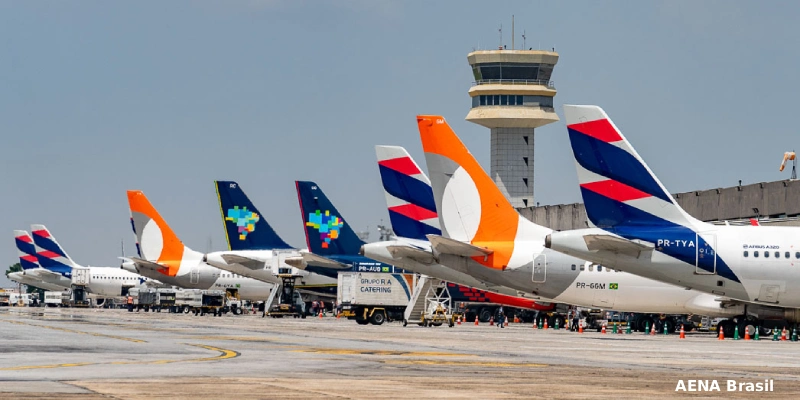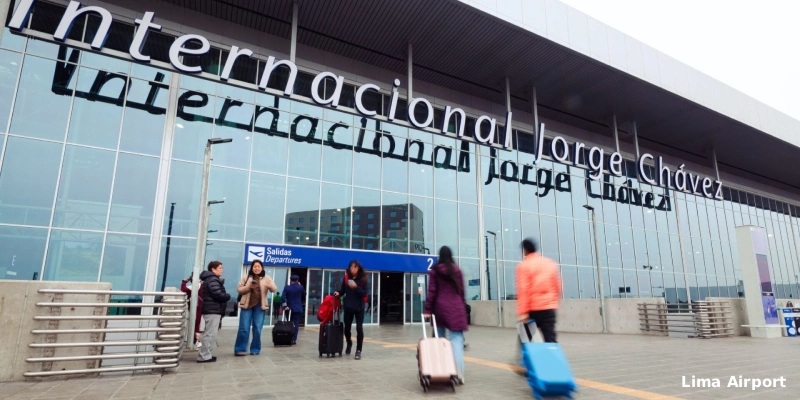The latest report from the International Civil Aviation Organization (ICAO) reveals that while aviation safety maintains a positive long-term trend, 2024 saw a significant rise in accidents and fatalities.
The Safety Report 2025 — State of Global Aviation Safety details 95 accidents involving scheduled commercial flights, up from 66 in 2023. Among these, 10 were fatal, resulting in 296 deaths—a sharp increase compared to the 72 fatalities recorded the previous year.
The global accident rate rose from 1.87 to 2.56 accidents per million departures, even as air traffic reached record levels with over 37 million flights worldwide.
Despite this uptick, ICAO emphasizes that current safety levels remain below pre-pandemic figures. “Aviation continues to be the safest mode of transportation, and long-term trends demonstrate continuous improvements,” stated Juan Carlos Salazar, ICAO’s Secretary General.
Global Priorities and Call for Cooperation
ICAO Council President Salvatore Sciacchitano noted that the figures serve as a “tragic and timely reminder” of the need for sustained, collective action to achieve the goal of zero fatalities in commercial air transport.
The organization will intensify its efforts in safety management, innovation, and international collaboration.
→ Severe Turbulence Forces Delta Flight to Make Emergency Landing in Minneapolis: 25 Hospitalized
Key Risk Categories
ICAO identified four high-risk categories accounting for 25% of fatalities and 40% of fatal accidents in 2024:
- Controlled flight into terrain (CFIT).
- Loss of control in flight.
- Mid-air collisions.
- Runway incursions.
Additionally, turbulence caused nearly three-quarters of all serious injuries, highlighting the growing impact of weather-related phenomena.
Measures and Technological Advances
To mitigate these risks, ICAO is promoting initiatives such as:
- Global runway safety plans to reduce excursions and incursions.
- Enhanced real-time turbulence monitoring systems.
- Strengthened guidelines to address radiofrequency interference in satellite navigation systems (GNSS), including protections against spoofing and signal jamming.
- Modernized navigation manuals and the development of international frameworks to safeguard these systems.
Furthermore, accident, incident, and wildlife strike reporting systems are being optimized to anticipate emerging risks and promote transparency and shared learning.
Civil-Military Cooperation and New Technologies
The report also underscores the need to strengthen civil-military cooperation to mitigate risks linked to conflicts.
Looking ahead, ICAO is working on safety frameworks to safely integrate drones and advanced air mobility vehicles into traditional airspace.
Regional Data
Geographically, the report highlights:
- Asia-Pacific and Europe/North Atlantic each recorded three fatal accidents.
- South America reported one accident with 62 fatalities.
The Asia-Pacific region led in total fatalities, followed by South America and Europe/North Atlantic.
The report includes details on the support and coordination provided by ICAO Regional Offices to maintain and enhance local aviation safety.
Related Topics
Congonhas Airport in São Paulo Receives Approval to Operate International Flights
ALTA Warns that Transfer TUUA Puts Peru’s Air Connectivity at Risk
Panama: Tocumen Airport Surpasses 19 Million Passengers by November, Cementing Its Regional Leadership in 2025
Lufthansa Reopens Its Lounge at Stuttgart Airport After Comprehensive Renovation

Plataforma Informativa de Aviación Comercial con 13 años de trayectoria.




